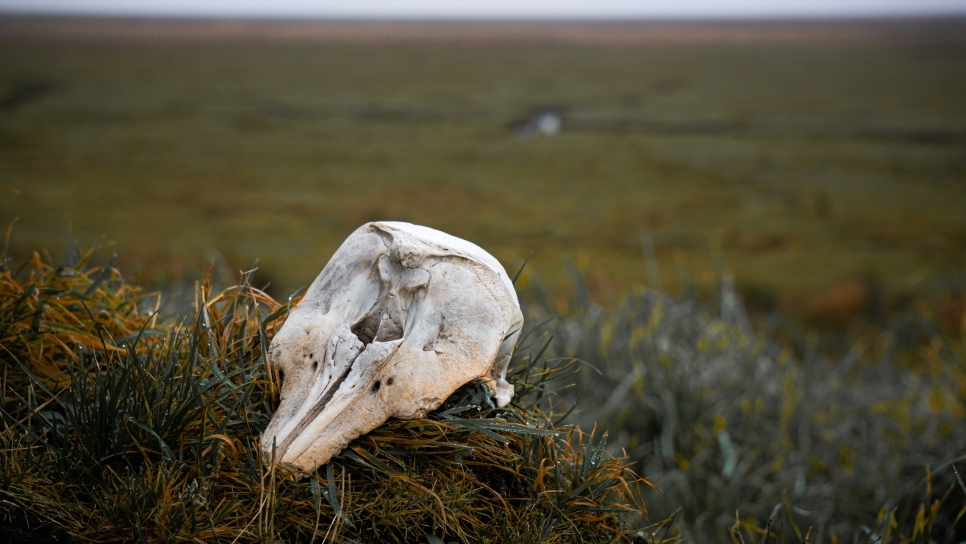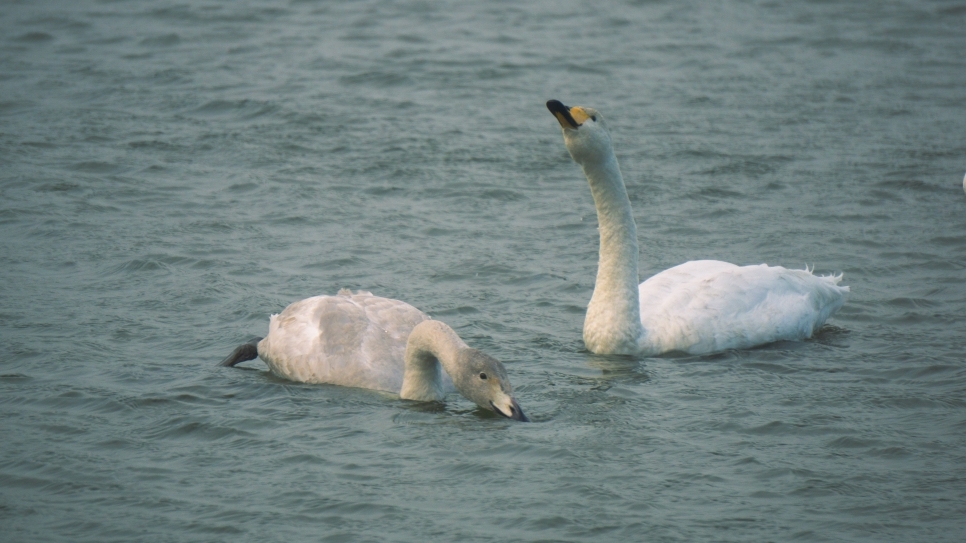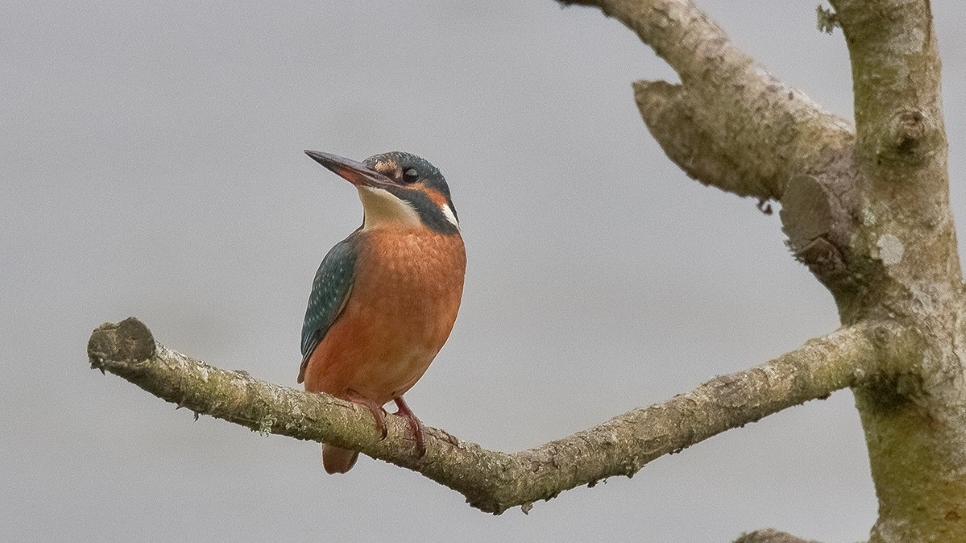Where have all the moorhens gone?
WWT Caerlaverock placement student, Catrin Eden, discusses the results of her research project on moorhens.
As part of my placement year I was required to carry out a research project for my university degree. Staff on the reserve had noticed that they were seeing less moorhens around so we decided that my project would be an investigation into this.
Moorhens are fairly common in areas where there are marshy ponds with lots of vegetation for them to hide in. They build their nests on floating plants, in trees above water and on small islands. They’re known as a generalist species which means they can adapt easily to new conditions and is the reason they can also be seen in ponds in many urban areas. Due to their ability to adapt we would expect moorhens to do well in most conditions which is why it is quite concerning that they could be struggling.
The first part of my project involved looking at records from the reserve that date back to 1987. After a lot of filtering through data and sorting information, I was able to analyse the records, and found that moorhen numbers on the reserve have dropped by 27% since 2004. This confirmed reserve staff’s suspicions of declining moorhen numbers and was motivation to investigate what could be going wrong. /p>
To further investigate the cause of the moorhen’s decline, the second part of my project involved monitoring their nests. This part was challenging at times, especially when one moorhen pair decided to nest in a tree more than 6 feet off the ground! I collected information about the number of eggs in each nest, where they were located and what the nests were made of. I also used camera traps and data loggers to gather information on their nesting behaviour.The data loggers are small devices (about the size of a watch battery) which were taped to the end of a screw and planted in the centre of the nests underneath the eggs. The loggers then recorded the temperature every 15 minutes which informed me when the birds were incubating and when the nest had hatched. The camera traps were put out in the hope that they would catch any predation events, but luckily for the moorhens there was only one such event (which of course was not caught on camera!). This level of predation was much lower than we had expected and interestingly, much lower than what has been recorded in other studies in the past.
Moorhens are very territorial birds, which meant the adults and young stayed close to their nests, allowing me to follow the fate of the chicks. Unfortunately, out of the 32 chicks that I was able to follow, only 2 reached fledging age (50 days).All the others disappeared before reaching 4 weeks old, a shockingly low survival rate compared to other studies which reported as high as 100% survival to fledging. The most likely explanation for the disappearing chicks is predation, but without witnessing the predation events it is difficult to say what the predator may be. It is also important to remember that changes from year to year mean that these results are only relevant for this year, and it may be that next year the moorhens have a really good breeding season.
There may also be other factors involved in the decline of moorhens. The British population shows similar trends to the reserve records, so it may be that changes across the nation have had an effect on their numbers. Loss of wetlands is likely to have played a large role in their decline, segregating populations and making them much more vulnerable to things like predation.
One year of monitoring is not enough to make conclusions on the cause for decline but my project has highlighted the fact that moorhens have been declining, and if the poor breeding success continues their numbers will not recover.I would emphasise that longer-term monitoring is needed for this often-forgotten species, so that hopefully we can discover what is going wrong and what we can do to help them.
Doing this project has made me realise that it is important to pay attention to the species that are often overlooked. Spending hours watching the moorhens has provided me with a fascinating insight into their behaviour and also provided me with many moments of laughter. Next time you are on the reserve, spend some time watching them - they may not look much, but they have barrels of attitude and a big personality!
Catrin Eden


